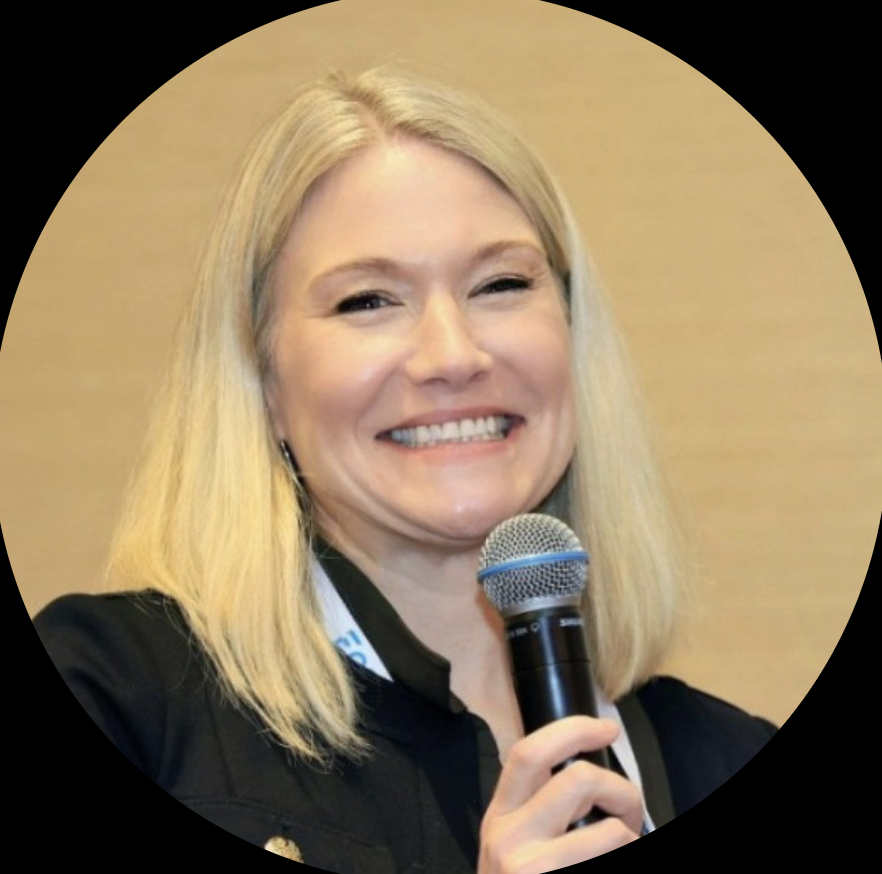With so much technology at meeting planners’ fingertips every day, it can be challenging to decide which tools will help them work more quickly and effectively. Especially in the life-science events niche, technology is key to smoothing the planner’s workflow, improving the experience for HCP attendees, and boosting the return on investment for the event host. So says Kristen Hunter, HMCC, CED, a life-science event director for more than 20 years and principal at KH Conferences.
“Most technology products are constantly changing, and professionals who aren’t embracing that innovation will fall behind,” she states. “Planner productivity increases greatly with the right application of technology.”
While acknowledging that budgets are always a factor in procuring new technology tools, Hunter notes that there is not a direct line between spending more and gaining more benefit. Rather, it is about prioritizing needs and goals, then carefully choosing the technology that will help achieve those.
For instance, “sometimes there are so many bells and whistles in a technology product that it becomes overwhelming” for planners to use, she says. “You must start with the outcome in mind: What are you looking to accomplish? If the goal is to maximize engagement at a conference, you don’t need to use a platform that has sponsorship features. You simply want a tool that facilitates polling as well as opportunities for attendees to ask questions easily.”
Conversely, some tech tools can overwhelm attendees. Hunter advises planners to “focus on leveraging technology to engage attendees without inadvertently discouraging its use. If HCPs aren’t comfortable using the technology during the meeting, you will not meet your objectives. Always keep that user experience in mind.” One thing that can help: Informing HCPs ahead of time about the technology tools they will be using at the event.
 Further, Hunter (in photo) finds that some planners choose a technology with robust engagement and insight-capture abilities but only use the basic features during a meeting. In such cases, “you’re paying more to have those features but missing a lot of opportunities. And some conferences run the same way year after year, yet the hosts wonder why they’re not growing or improving. HCPs have some comfort in the familiar when on site, but they will get bored if it’s the same experience every time.” In short: Don’t leave too many features untapped.
Further, Hunter (in photo) finds that some planners choose a technology with robust engagement and insight-capture abilities but only use the basic features during a meeting. In such cases, “you’re paying more to have those features but missing a lot of opportunities. And some conferences run the same way year after year, yet the hosts wonder why they’re not growing or improving. HCPs have some comfort in the familiar when on site, but they will get bored if it’s the same experience every time.” In short: Don’t leave too many features untapped.
“It’s a delicate balance between providing the event experience you know your attendees like, along with a sprinkle of technology-driven improvements that brings variety and increases overall value to both the attendees and the host organization.”
Boosting a Meeting’s Appeal and Benefit
Because HCPs need sufficient justification for leaving their practices to participate in an event, technology can help ensure an in-person gathering is a good use of their time.
“We must show HCPs it’s worth it to leave the office for one, two, or even three days,” says Hunter, “and the only way to convince them is to clearly demonstrate they will get the experience that makes them and their practices better.”
Of course, content is a key factor. But Hunter believes there’s room for technological innovation in how that content is delivered, how HCPs can engage with it, and what the resulting effects can be. She suggests planners ask these questions as they plan the event’s technology-based components:
• How are we making the conference experience valuable so that HCPs can make change in their practices?
• What will HCPs do with what they learned at the conference—and how can we help them share their post-event actions with fellow HCPs who attended the event?
Ultimately, says Hunter, “event technology should help attendees be able to make a direct link between what they learned at the conference and taking action to make change.”
Selling Executives on Technology
It’s not uncommon for meeting organizers to identify technology tools they know will improve the attendee experience and achieve the stakeholder’s goals, but get pushback from those who control the budget. So, planners must be able to articulate to management what the organization will gain from using the right technology—and point out what the organization will lose by not having it.
“It’s a matter of saying, ‘Here’s what will accomplish what you told me is the purpose for the meeting, and here’s how.’ However, you should also explain, ‘Here’s what will happen if we don’t implement this technology. Here are the inefficiencies that will remain, here’s how that makes it tougher to reach the event’s goals, and here’s how our competitors could outperform us as a result.’”
One potential benefit that can be lost without the right technology—and without the right tech vendor as a partner— is a planner’s ability to focus on troubleshooting in other areas of the meeting. “I need to have confidence in my vendor’s work and don’t want to spend my time worrying that something won’t get done without my specific direction,” Hunter explains. “It’s a snowball effect: Knowing the vendor is handling the attendee-facing technology allows me to handle small problems in other areas of the meeting before they become big problems.”
Additionally, “a technology partner should be able to provide insightful attendee data shortly after the end of the meeting; if a planner has to wait a week to deliver that data to their stakeholders, that’s a missed opportunity,” she says.
“As planners, we often do things ourselves to get the quality we want. But our plates are so full that it’s impossible to do it all ourselves; we have to leverage good technology and good technology partners to get everything done.”
Lastly, Hunter urges organizations to leverage technology beyond the meeting. For instance, she advocates using tech tools that enable collaboration and transparency among all the departments involved in creating an upcoming meeting, and that planners use A.I. for tasks such as writing emails and building out vendor contracts. “Planners who leverage technology in those ways will get things done so much more quickly than those who don’t.”
Chris Bryant is senior vice president, commercial and business intelligence for Array, a company that provides content engagement technology, event-production expertise, and analytics for life-science meetings.





